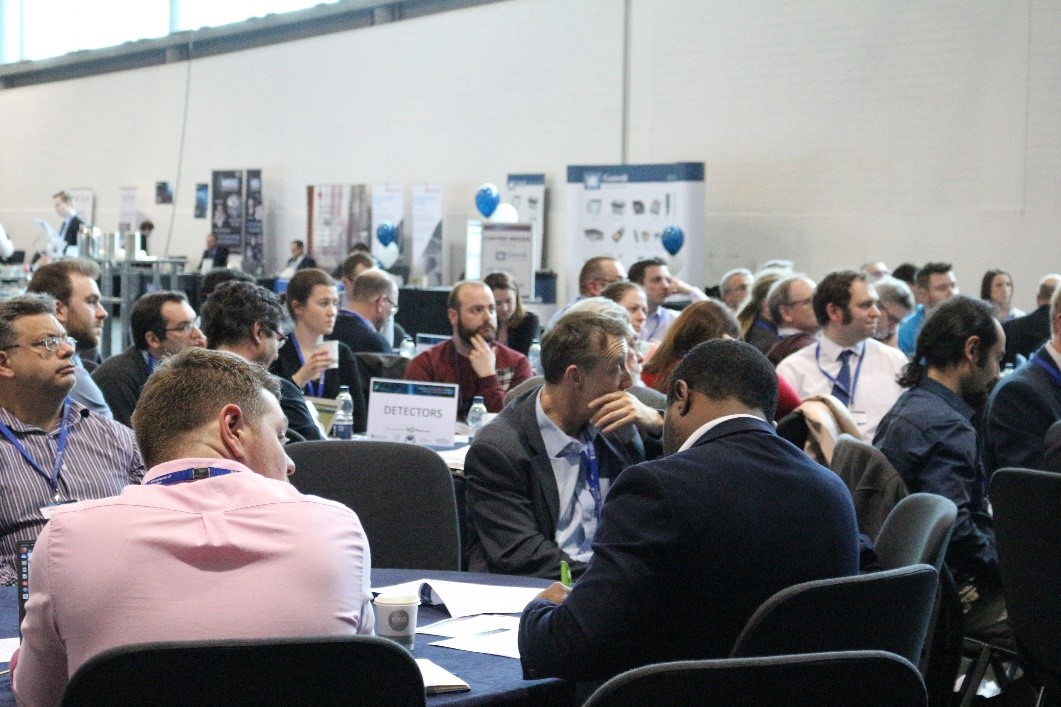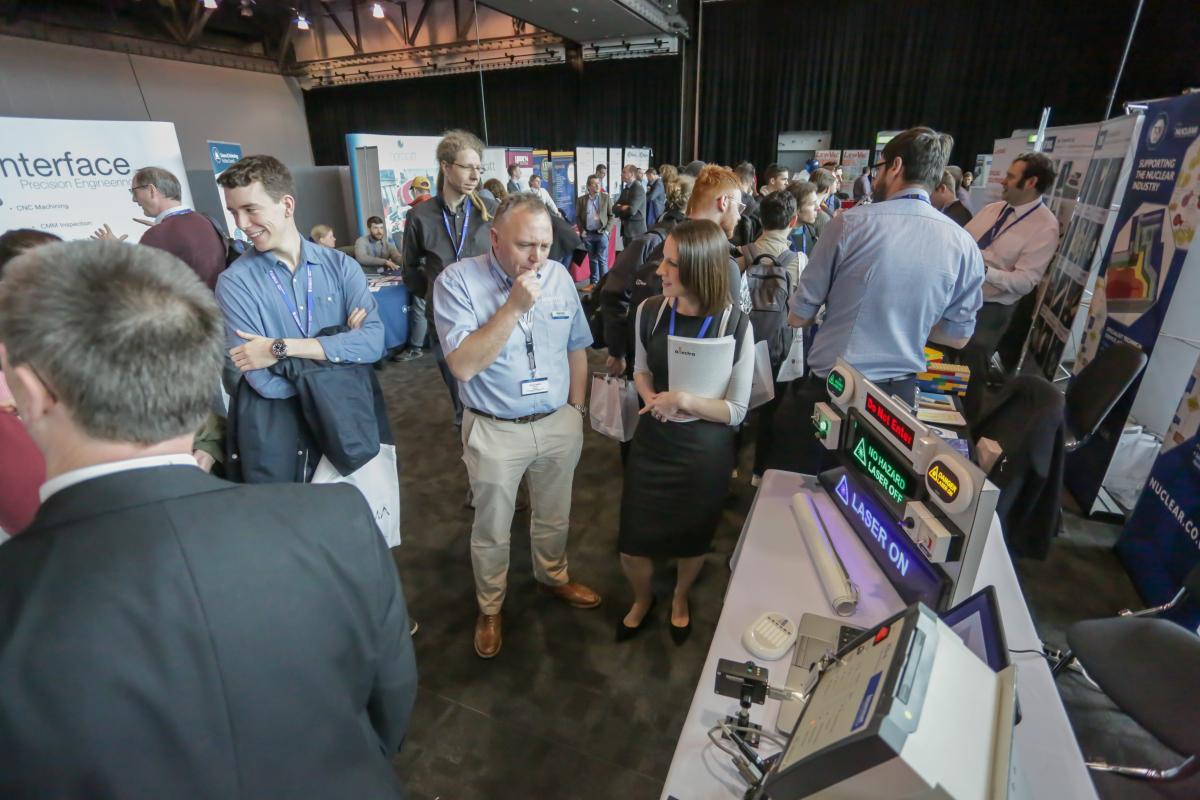A new particle collider requires pushing numerous technologies beyond their state of the art. This situation provides industry with powerful test-beds for future markets that come with a high publicity factor. Novel technologies and processes can be piloted with controlled effort engagement. Well-controlled environments allow advancing technologies under conditions that extend beyond conventional product requirements. SMEs are ideal partners to bring these technologies to maturity on the quality level, generating new markets and leading to improved products.
Around 100 researchers, academics and industry delegates from the UK and other EU countries joined an academia-industry Co-Innovation workshop in Liverpool, UK on 22 March 2019. The event explored the exciting opportunities that the technology R&D around the FCC study presents for industry involvement and joint R&D programmes and was supported by the EU-funded EuroCirCol project and that MSCA training networks of EASITrain, OMA and AVA.

Image 1. Workshop participants discussing a range of key technologies. (Image: University of Liverpool)
Discussions across a number of working groups were motivated by the Future Circular Collider (FCC) study, but not limited to this study or even particle accelerators at all – the aim was to identify common ground for joint R&D across disciplinary boundaries.
Working groups were formed to discuss specific opportunities for co-innovation and funding and included for example superconducting magnet technologies which are also two key topics for EASITrain, cryogenics, civil engineering, detector development, radiofrequency technology, energy efficiency, novel materials and material processing techniques.

Image 2. An industry exhibition took place before the workshop to showcase latest technologies. (Image: University of Liverpool)
Short talks about FCC-related areas for innovation, examples of successful technology transfer projects at CERN, as well as current funding opportunities stimulated interesting discussions amongst the participants. All of these presentations are now available via the workshop homepage.
The workshop served as an ideal platform for networking across sector boundaries and opened a number of interesting discussions. Several areas were identified that provide an excellent basis for co-innovation, including resource-efficient tunnelling, transferring optimised purpose-built machine learning soft- and hardware from particle physics to industry, and detector R&D in terms of high speed, power and material constraints, cooling, and data maximization. Notes from all working groups are currently being finalized and will be used to follow up on agreed R&D lines with the aim to setup joint funding bids between participants.
It is anticipated that the final applications of the new technologies that are being developed for a next generation collider will stretch far beyond the applications initially targeted. The World Wide Web, originally invited to support particle physics experiments, has just celebrated its 30th anniversary and is an outstanding example of how these technologies can impact on everyday lives.
There are many other successful examples of where innovations made for fundamental research are benefiting society - most of the time in completely unforeseen ways. The FCC study illustrates this in the brand-new film “Busy bees and might magnets – From the Higgs to Honey: What's all the Buzz about Particle Accelerators?” which was produced between CERN and the University of Liverpool.
The film was launched at the event in Liverpool is now available on YouTube.


